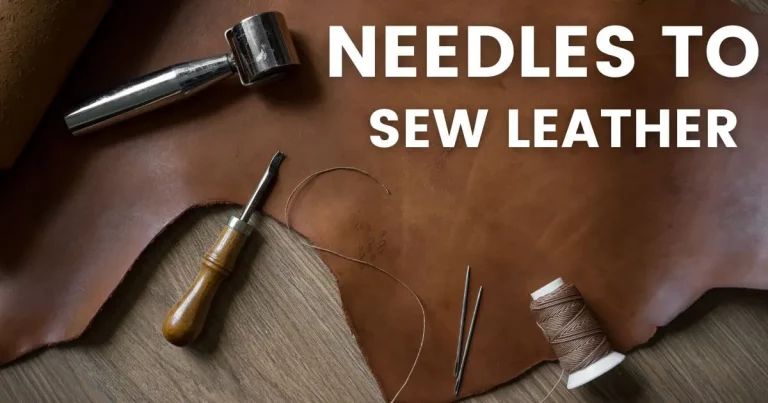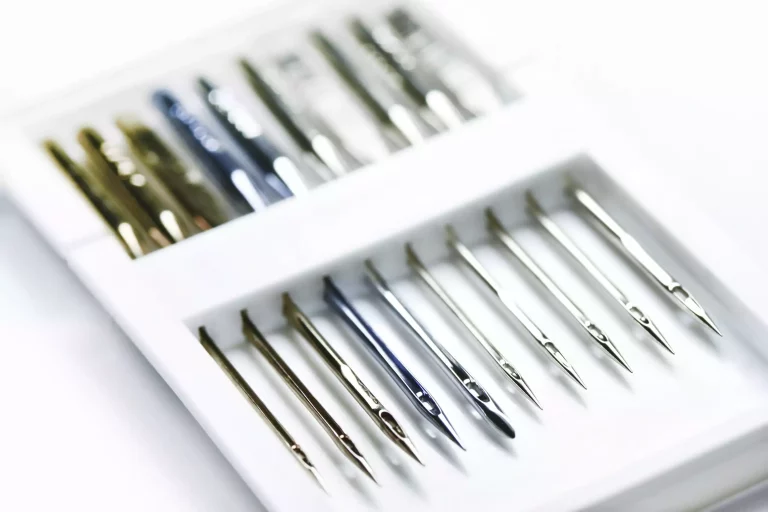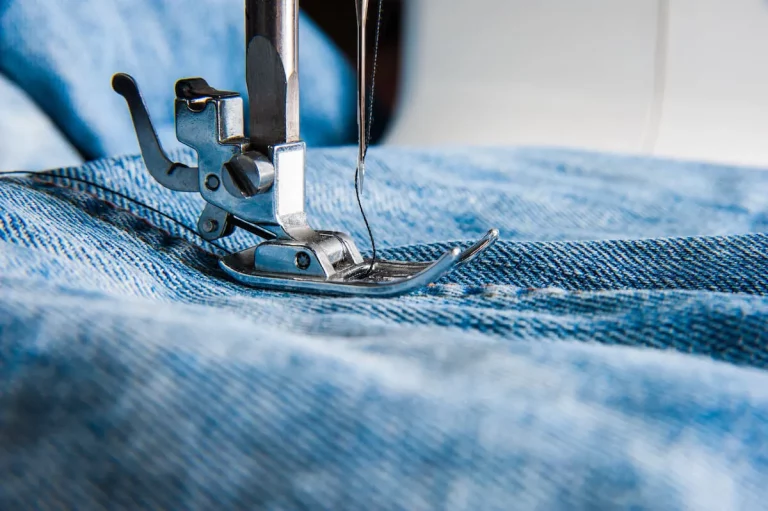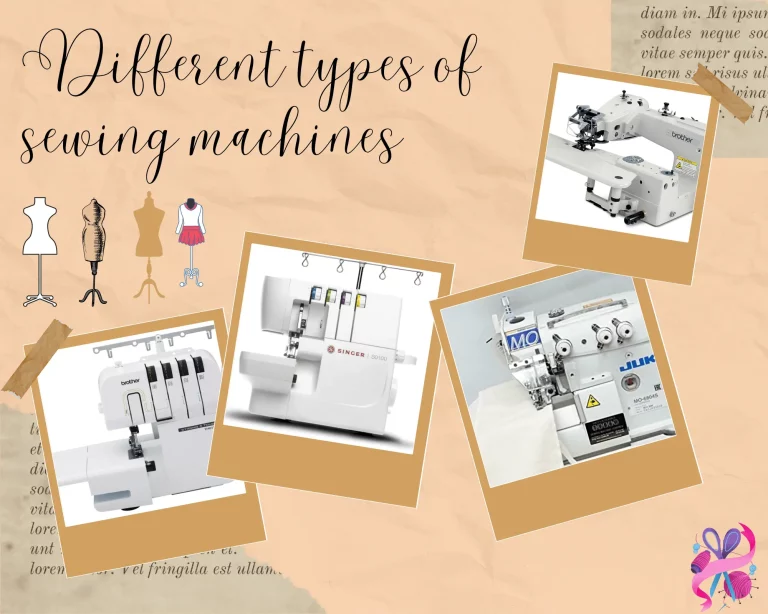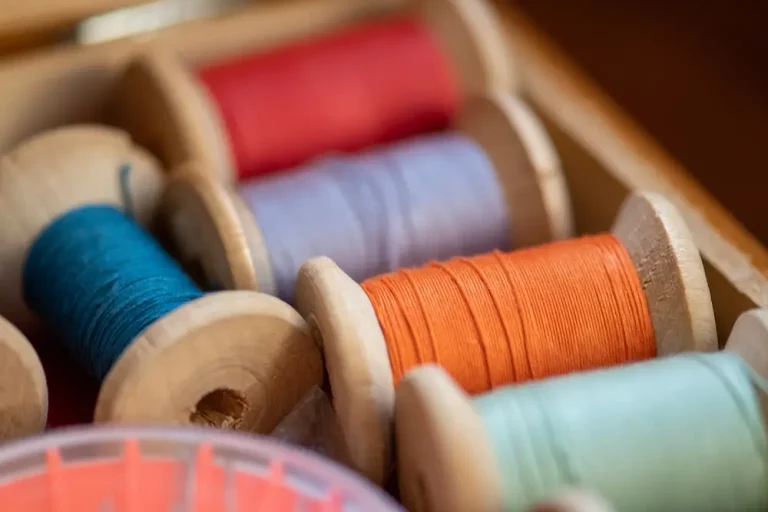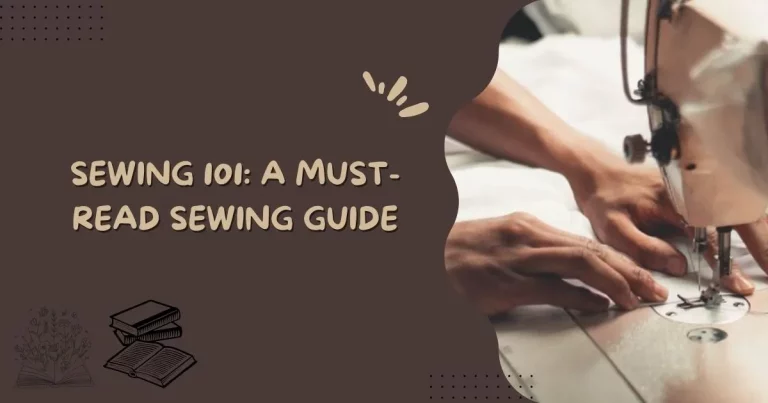SERGER VS COVERSTITCH: 6 MAJOR DIFFERENCES
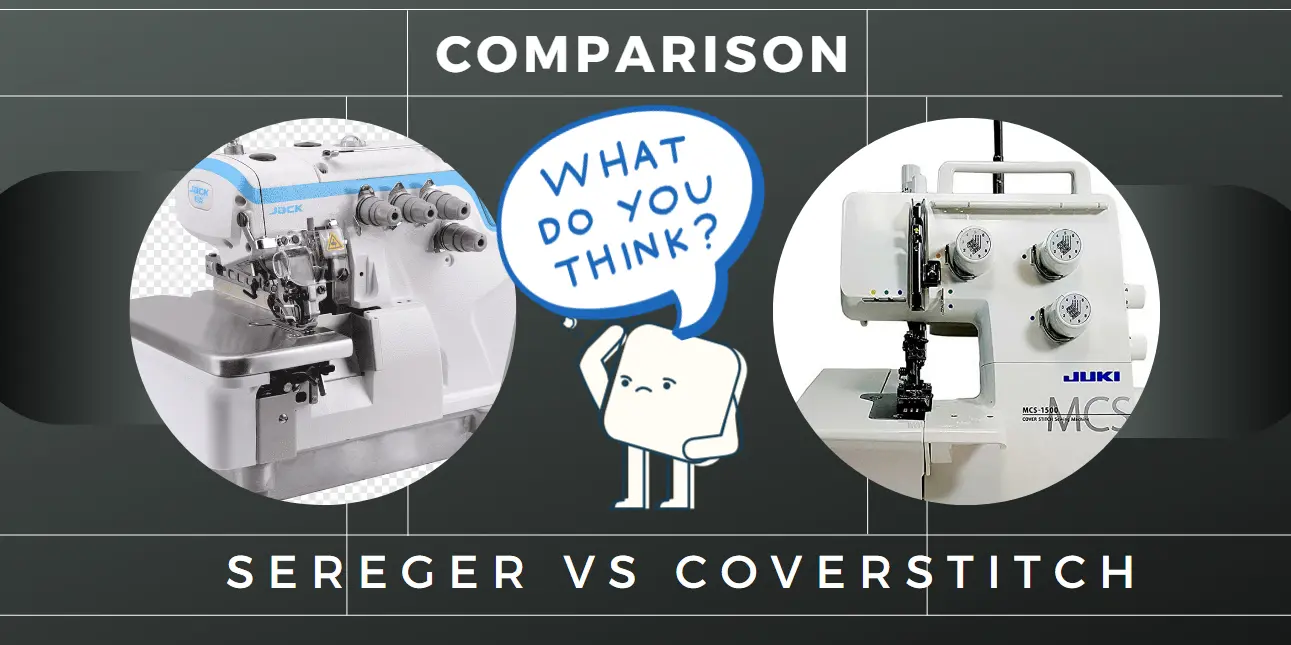
If we talk beyond sewing, the debate between serger vs coverstitch is everlasting. Both coverstitch and serger are important machines that are used in sewing projects. Each machine contains its unique features. While being similar in some features these two machines have differences in the type of stitch, number of threads and needles, and specific functions. But I want to go into more detail about the comparison of a serger vs coverstitch here.
What is a Serger?
A Serger, commonly referred to as an overlocking machine, is a sewing device that overlocks and cuts the fabric’s beveled edges as it sews. It can be used to make beautiful stitches as well as strong, finished margins on fabrics thanks to the employment of several threads. An overlocking stitch, which a serger uses, is more closely related to knitting than sewing. Sergers are excellent for producing neat seams and hems and are frequently used for knit textiles. They can be used to add gathers and frills as well.
A serger is a tool used to stitch cloth ends together for a complete appearance. It makes stitches in one motion, enabling you to make neat, polished seams. In most parts of the world, serging, also known as overlocking, is a method of sewing fabric together that makes use of numerous threads and needles. As the edge is stitched, they have a knife that trims the seam allowance, preventing fraying and giving the garment a polished appearance.
A serger is a special kind of sewing machine that combines three distinct duties while you sew, giving you highly professional-looking stitches. It fixes unfinished cloth edges and sews seams while also trimming seam allowances. You’ll save so much time using a serger for particular chores if you combine these three features! A serger is essentially a specialized sewing machine with fewer stitching options than a contemporary sewing machine. A serger also uses an overlock stitch, which is impossible to make with other sewing machines. In other words, they support one another but cannot substitute for one another. Some of the best sergers are Brother ST4031HD, Brother 1034D 3- or 4-Thread Serger and Bernette 64 AIRLOCK Serger.
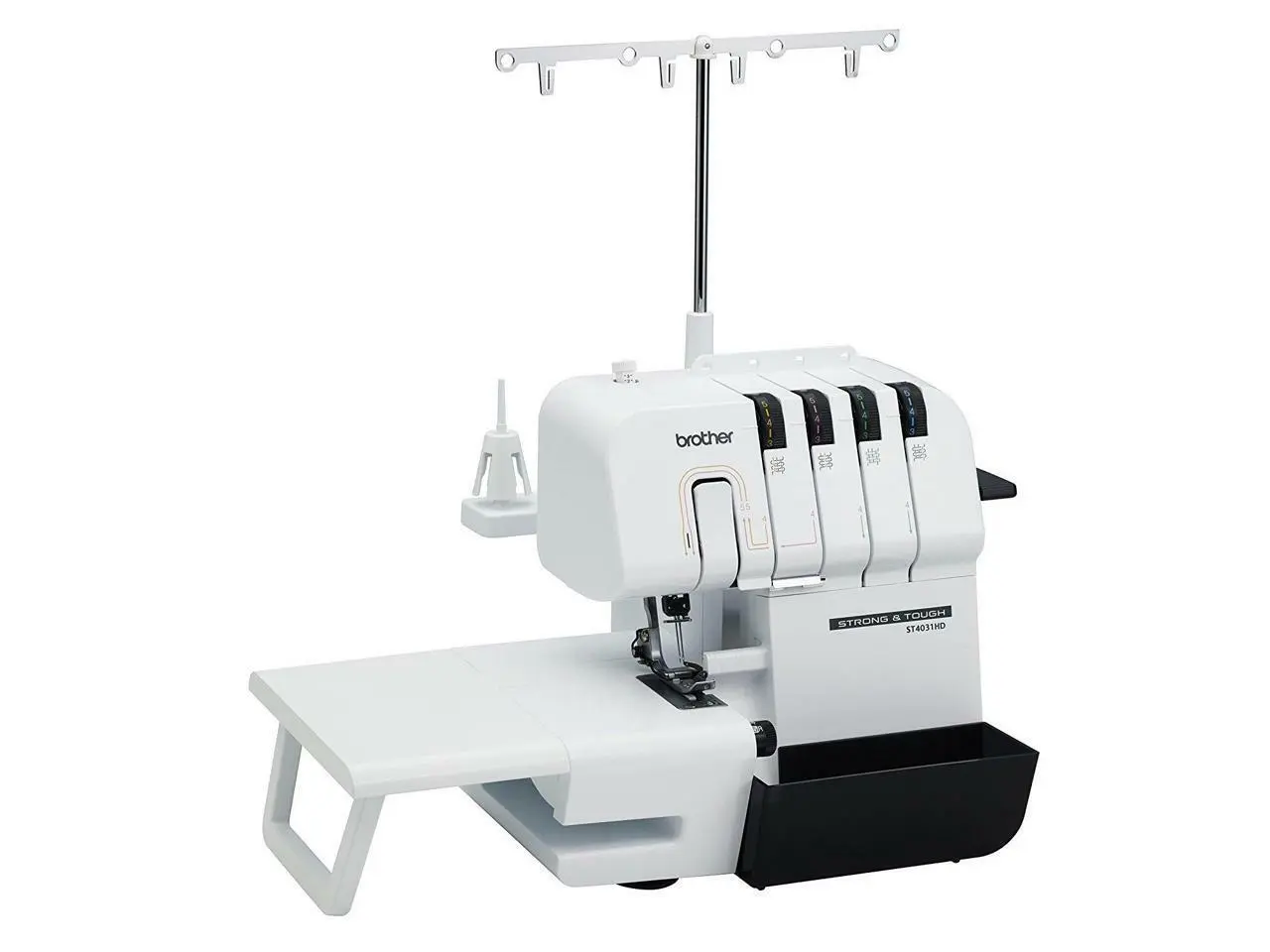
What is a Coverstitch machine?
A coverstitch machine has a flanger similar to an overlocker/serger but no blade. Its only responsibility is to hem and finish the edges of your finished garment or add fancy chainstitching. Knit textiles can have a more ornate and polished hem thanks to a coverstitch machine. The fabric is stitched in parallel rows using two or more needles, giving it a polished, expert appearance. Coverstitch machines are excellent for making hems, cuffs, and necklines and are frequently used for knit fabrics.
The coverstitch machine in a sewing business is a beautiful addition to your collection of sewing machines and a wonderful present for yourself, but it actually really serves one purpose. It is a specialty sewing machine made for stretch fabric hems. Woven fabrics benefit from coverstitching because it prevents them from raveling. Particularly, in particular, they are handy for hemming knit materials. The stitch it creates keeps the fabric’s flexibility and prevents puckering, which happens when you sew stretchy textiles with a sewing machine. Some of the coverstitch machines are Brother 2340CV, Janome Cover Pro 1000CPX and JUKI MCS-1500 coverstitch machines.
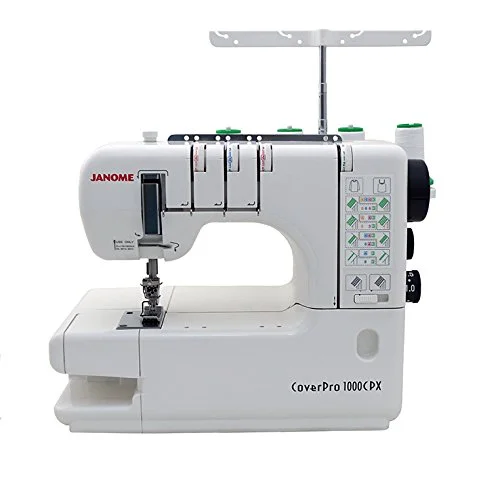
Difference between serger vs coverstitch
| Differences | Serger/Overlocker | Coverstitch |
| Functions | Three basic functions: 1. Polished look 2. Sew seams 3. End trimming | It is used basically to give the final touches and polished look to the fabric. |
| No. of needles | A serger uses: 1 or 2 needle, 2 loopers | A cover stitch uses: 2 needles and 1 looper |
| No. of threads | 3-8 threads | 1-3 threads |
| Blade | A serger machine uses blade. | No blade is used in coverstitch machine. |
| Threading of needle | Needle threading is a little technical | Easy threading of needle |
| Price | Affordable | Expensive |
Choosing between a serger vs coverstitch machine can be a daunting task for sewists. Two very different machines are helpful for sewing and finishing materials, but they are employed for various jobs and have varied capacities. A coverstitch machine is perfect for making ornamental hems on knit materials, while a serger is great for making durable, completed seams and hems.
What are the major differences between Overlock VS Serger?
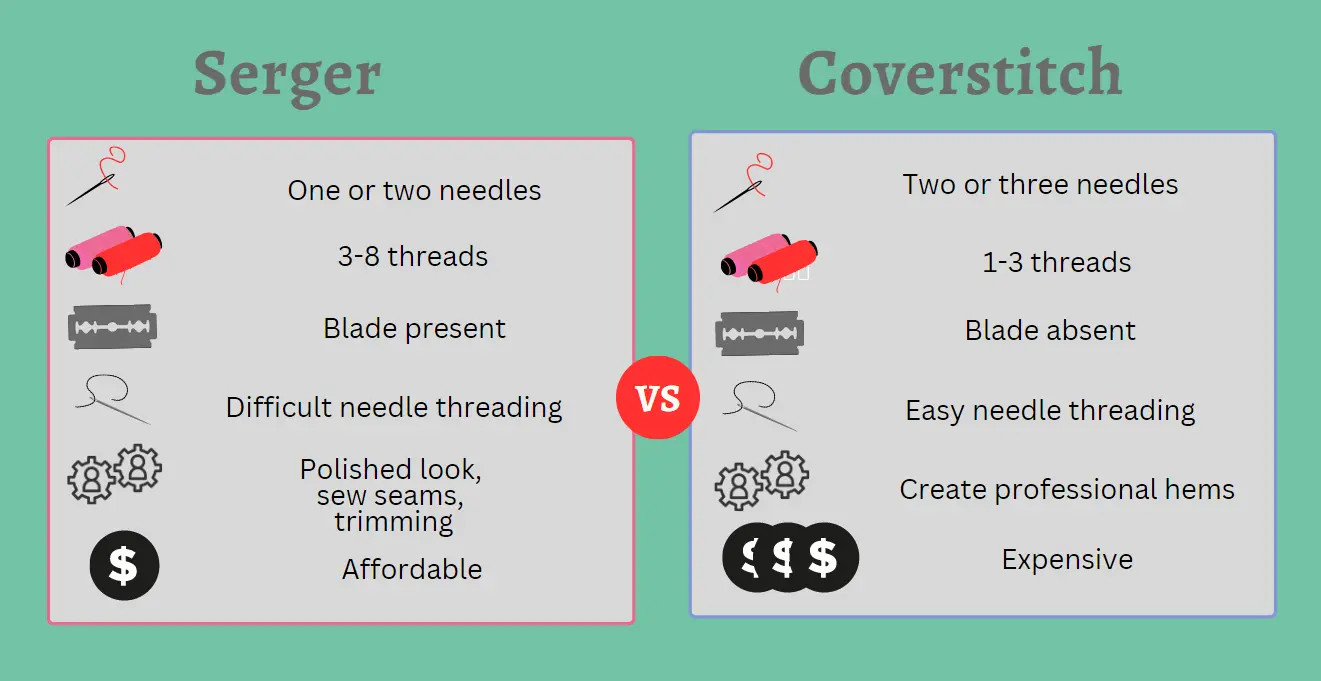
1. Functions- Coverstitch vs Serger
A serger machine is a second name for an overlocker. It is a machine used in sewing that can perform a variety of functions.
The comparison in serger vs coverstitch goes side by side. On the other hand, in comparison to a serger, a coverstitch machine usually performs mainly one function i.e. to create professional hems to the apparel.
Read more: Automatic VS Manual Sewing Machine
2. Needles- How many?
A serger/overlocker machine typically has one or two needles and two loopers, which are used to create different types of stitches. The two needles are present at different heights.
A coverstitch machine, alternatively, typically has two or three needles and one looper, which are cast off to create a definite type of stitch that is intended for hemming and concluding interwoven fabrics.
The two-needle coverstitch creates a dual row of stitches on the top of the fabric and a chain stitch on the underneath, while the one-needle coverstitch creates a single row of stitches on the top of the fabric and a chain stitch on the underside.
3. Thread spools- How many?
A serger typically uses 3-8 threads, depending upon the type of stitch and desired effect that has to be required to create string seams.
While a coverstitch machine uses 1-3 threads to create a specialized stitch for hemming and finishing.
4. Blade-present or absent?
When it comes to comparing serger vs coverstitch, the presence of a blade plays a vital role in the sewing process. The blade in serger/overlocker aids to generate a clean and finished edge as the fabric goes through the serger, the blade cuts off the extra fabric along the verge of the seam, leaving a smooth and even edge. This is called trimming.
While a coverstitch machine typically does not have a blade. As an alternative, it produces a specific stitch that folds the fabric underneath as it is sewn, which creates a finished edge without the need for trimming.
5. Threading of a needle-easy or difficult?
When it comes to threading a needle, there are significant differences between a serger vs coverstitch machine. Needle threading on a serger/overlocker machine may seem difficult because a serger machine uses multiple threads (3-8 threads), and each thread essentials to be threaded through an unalike path. This can be more puzzling than threading a regular sewing machine, which typically only requires one thread. On the other hand, threading a needle on a coverstitch machine is easy in comparison to a serger because it uses normally one or two needles. Also on the coverstitch machine, the needle spacing is more as compared to the serger.
6. Affordability-expensive or affordable?
A serger is most affordable in comparison to a coverstitch machine which is an expensive choice for any person.
Serger vs Overlock what’s the difference?
Serger is a specialized sewing machine that trims fabric edges, overlocks them to prevent fraying, and sews a clean seam in one step. On the other hand, overlock refers to a stitch that can be created using various sewing machines, including sergers. While sergers are specifically designed for overlocking, overlock stitches can also be achieved on other sewing machines. Both sergers and overlock stitches are valuable for achieving professional-looking finishes and ensuring durability in sewing 101 projects.
Read More: Best Embroidery machine
Conclusion- Overlocker vs Serger
In summary, a coverstitch machine is a specialized machine that is used for producing ornamental hems on knit materials, whereas a serger is a multipurpose machine that can be used to create strong, finished seams, hems, ruffles, and gathers on woven fabric. To make outfits that look professional, combine the two machines. Before determining which machine is best for your sewing needs, it’s critical to grasp the various applications and capabilities of each model.
Overlock vs Coverstitch – what’s the difference
Coverstitch vs Overlock- What Is An Overlocker and How Is It Different From a Coverstitch Machine

